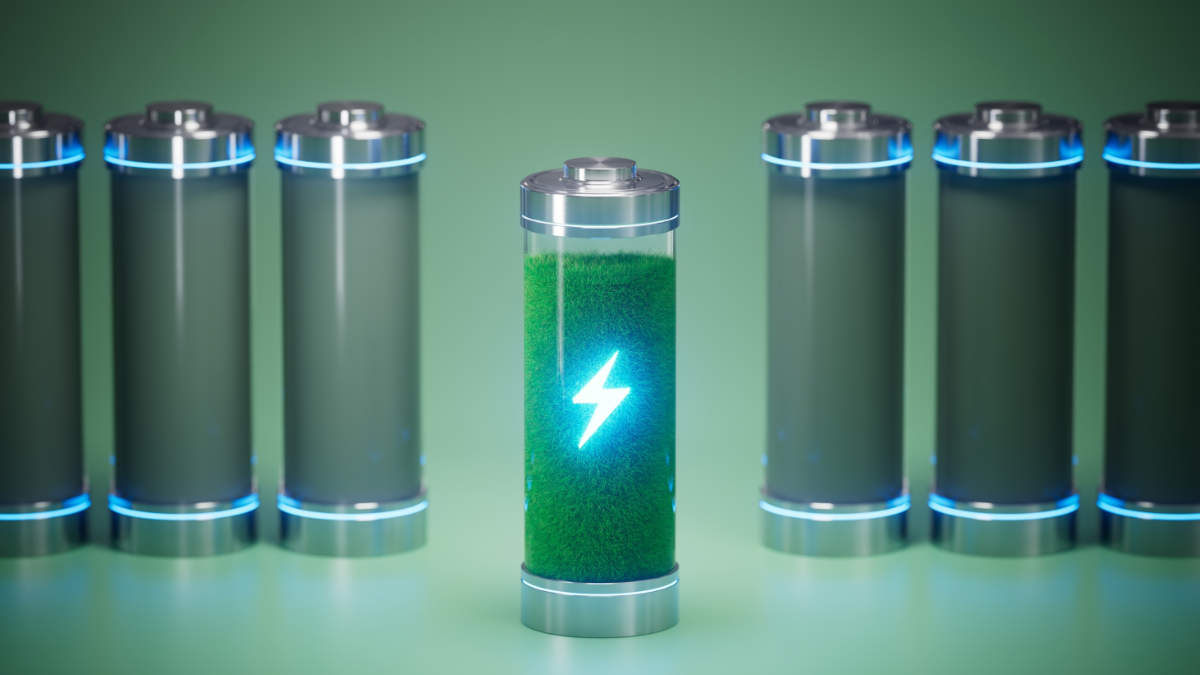Everything you need to know about batteries and then some

Adoption of battery storage is rising greatly. Pic: Getty Images
- Battery storage adoption growing in Australia as federal government rebates go live
- Lithium-ion batteries of different specific chemistries continue to dominate
- New technologies promising to increase energy capacity, power and safety
Battery storage has been in the limelight with increasing frequency due in no small part to the Australian federal government’s move to offer significant rebates for home storage systems from July 1, 2025.
While the $2.3bn program to provide homeowners with a discount of about 30% on the upfront costs of installing small-scale batteries led to the various states adjusting their own programs – downwards for most part – it has led a big surge in interest.
This interest has translated into real world numbers with solar and storage services provider SunWiz flagging that battery sales had surged past solar photovoltaic system sales for the first time ever in May 2025.
Capacity of battery systems has also increased with the typical installed battery climbing from 10 kilowatt hours to 15kWh.
With all that said and done, just what are batteries, what makes them tick and why are they important?
An equally large driver – if not the greater at this point – is the increasing adoption of battery electric vehicles.
Energy storage solution
Typically, when one talks about battery storage, one is referring to rechargeable lithium-ion batteries much like those found in smartphones and other devices but scaled up to meet the needs of entire homes or even significant portions of an energy grid.
Battery storage systems generally take excess energy produced by renewable energy sources such as home or grid-scale PV panels or wind turbines and store it away from use when it’s dark or when the wind isn’t blowing.
They are widely considered to be indispensable towards achieving net zero emissions as they will backup renewable power, stabilise the grid and reduce (or remove) the reliance on fossil fuels during periods of peak demand.
Altech Batteries chief financial officer Martin Stein agrees, telling Stockhead that while the world was ramping up renewable energy production, it is intermittent in nature as it is reliant on the sun shining or the wind blowing.
“However, power grids require 24-7 stability so the world needs batteries to store the excess energy so that it can return to the grid at night-time and when it is required,” he said.
“Energy arbitrage – essentially the purchasing of excess power when prices are low and then storing it for sale during peak usage periods – is also becoming as much as an investment proposition for battery storage as the grid stabilisation requirement.”
Stein adds the Australian government’s grants have placed batteries at the forefront of residential customers as a solution for their solar power requirements.
It shouldn’t come as a surprise then that the battery energy storage system market is growing at a 28% compound annual growth rate as it scales up to meet net zero targets.
Battery components
While other types of batteries might play more specialised roles in the future, like redox flow batteries for base load or longer duration energy, the most commonly used for now are still lithium-ion batteries.
Lithium-ion batteries take their name from their use of lithium as a key ingredient.
Other minerals – often referred to as critical minerals – are also found in batteries with notable examples such as nickel, cobalt, graphite, iron and phosphate.
The exact mix depends on the specific battery chemistry – notable examples of which are NMC (nickel manganese cobalt), NCA (nickel cobalt aluminium) and LFP (lithium iron phosphate).
Such batteries have been in use since the 1990s though they were only used for small devices then.
Drilling down into the nuts and bolts, the active parts of batteries typically consist of a positive electrode, a negative electrode (the anode) and an electrolyte.
The electrode is typically a metal oxide or phosphate while the anode is made from graphite. Lithium is found within the liquid electrolyte, which is typically a lithium salt in an organic solvent though research is underway to make affordable solid electrolytes that are expected to improve safety, energy density and charging speed.
While there has been plenty of research since the 1990s to improve energy density, power and battery life (or charge cycles), the anode has reached the peak of what it can do using just graphite alone.
Significant focus has also been placed on safety as attention on fires caused by lithium-ion batteries has led to growing demand for safer technologies.
Developments
This demand for safety is one of the reasons for the development of alternative technologies such as Altech Batteries’ (ASX:ATC) CERENERGY solid state sodium batteries that use sodium chloride – common table salt – and nickel powder rather than critical minerals such as lithium, copper, cobalt, graphite and manganese.
The combination of this chemistry and solid electrolytes makes them significantly safer as they don’t experience thermal runaway, have a longer lifespan and an operating temperature range from -40 degrees Celsius to 60C.
“That’s where Altech’s battery technology becomes very beneficial. It’s very safe, very robust technology,” Stein said.
“I think the world is also becoming aware of the risks of the raw material supply chain, especially with China dominating a lot of these raw materials like graphite.
“The world wants to secure its energy storage. It wants raw materials that are readily available and abundant like the very cheap and readily available sodium chloride that is found in Altech’s products.”
Altech itself is currently focused on securing the finance to construct its battery plant in Germany.
“We are looking to mandate a leading European bank to run the debt process for the financing and we’re looking at equity partners that would like to take a 49% stake in the project,” Stein added.
“Between those two avenues of finance, we’re looking to raise the money to construct the plant and start producing these batteries. “
Other battery types
Li-S Energy’s (ASX:LIS) lithium-sulphur batteries resurrect an old idea that was unable to be commercialised due to poor cycle life but use unique nanomaterials and a new nano-composite to address the old challenges.
The new batteries promise higher energy density than lithium-ion batteries while being lighter and greener. This makes them ideally suited to applications such as powering drones.
It recently produced lithium metal foils from its facility in Geelong, Victoria.
Meanwhile, Novonix (ASX:NVX) recently received a patent for its low surface area silicon alloy materials for possible use as anode active materials in lithium-ion batteries.
This describes the process to generate battery anode alloy powders of high silicon content, relatively low surface area and relatively large particle size, which are desirable for stable, energy dense anode electrodes with the possibility of improving battery lifetime without sacrificing performance.
On the silicon front, AnteoTech (ASX:ADO) is also making waves with its Ultranode silicon dominant anodes that address the expansion issue that blocks the use of silicon.
Its anodes recently reached a key technical milestone after being used for 890 cycles with 80% capacity retention with 1070 cycles at 70% capacity retention for a 70% silicon anode.
The technology allows anodes to be configured t a range of silicon content levels to suit diverse battery applications across EVs, drones, power tools and other specialty batteries including wearables.
These improvements led giant car maker Mercedes Benz, which ordered evaluation material in October 2024, to acknowledge that they see value in the company’s technology and that it will continue to engage with ADO as they progress their battery technology strategy.
At Stockhead, we tell it like it is. While Altech Batteries and AnteoTech are Stockhead advertisers, they did not sponsor this article.
Related Topics

UNLOCK INSIGHTS
Discover the untold stories of emerging ASX stocks.
Daily news and expert analysis, it's free to subscribe.
By proceeding, you confirm you understand that we handle personal information in accordance with our Privacy Policy.







